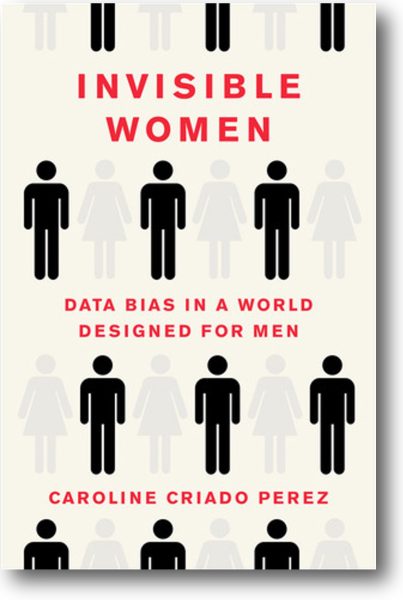One of the most popular topics in our class, Meetings for People Who Hate Meetings, is “Rules for Brainstorming”. Even though there is some debate around the effectiveness of group brainstorming, organizations keep scheduling time together to come up with ideas. There’s good reason for this. Whether or not it is the best way to generate problem-solving ideas, brainstorming has side-benefits that make it well worth our time:
- It is team-building.
- It builds buy-in for the ideas generated and grown.
- It can be a democratic way to create things together.
 There are rules and guidelines organizations can implement around brainstorming sessions to ensure their usefulness, and we want to highlight one that is do or die: in a brainstorm, everyone is equal. Whether you are the Executive Director or the newest intern, if you are invited to the brainstorm, your thoughts and ideas have equal weight during the exercise.
There are rules and guidelines organizations can implement around brainstorming sessions to ensure their usefulness, and we want to highlight one that is do or die: in a brainstorm, everyone is equal. Whether you are the Executive Director or the newest intern, if you are invited to the brainstorm, your thoughts and ideas have equal weight during the exercise.
Now, this rule rarely seems to blow people’s minds. They’ve heard it before, and when they hold a brainstorm, they are sure to start out by telling everyone in the room, “For the next twenty minutes, we want to hear from everyone. We are on an even playing field.” And yet, somehow saying it doesn’t make it so.
In her book Invisible Women: Data Bias in a World Designed for Men, Caroline Criado-Perez explains why. “[The absence of formal hierarchy] doesn’t actually result in an absence of hierarchy altogether. It just means that the unspoken, implicit, profoundly non-egalitarian structure reasserts itself.” What this boils down to is that getting rid of structure will mean that people who tend to dominate discussion will take over, and you won’t hear from fresh perspectives.
So, instead of simply removing the non-egalitarian structure, we need to replace it with some structure that creates equity. Here are four guidelines you can follow to do just that.

1: Diverse teams drive innovation
Back in 1997 there was a problem in math. No one could figure out how to build a useful model to teach hyperbolic space. (You do not need to understand hyperbolic space to read on – let’s just say it is the very best space.). Mathematician Daina Taimina couldn’t make heads or tails of the only model they had at the time, a flimsy rendering made out of strips of paper and tape. She wondered how on earth she was going to teach the form of hyperbolic space when she couldn’t even imagine it.
As she studied charts and equations, it occurred to Taimina that what she was looking at reminded her of a crochet pattern. So, she spent the weekend crocheting her own model, which has since been adopted widely to help mathematics students experience a visceral connection to an abstract concept. Taimina’s background with crochet, very rare amongst the majority male mathematicians, led to a brilliant innovation in teaching hyperbolic space which is used to study coral reefs and build 3D animations.
The point is, if you want to generate innovation, you need diversity in thought, expression, experience, and background. So, when you are thinking about who to invite to the brainstorm session, consider how you can broaden the diversity of voices in the room.
2: Give people time to prepare.
Sending the subject of your brainstorming session ahead of time will allow people to bring more ideas and better ideas. You can host silent brainstorming time where people are writing down ideas on their own. Silent brainstorming techniques like brainwriting have been shown to increase the number of ideas by as much as 70%. Not everyone does well with on-the-spot thinking, and many people shut down in an environment where you have to break into the conversation to speak. Which brings me to the next tool:

3: Structure idea-sharing time.
You might want to set up a Round Robin where each person has the same amount of time to share their ideas. You can monitor interruptions. In the excitement to build on others’ ideas, brainstorms can grow chaotic. This energy can be perceived and welcomed as creativity, however, oftentimes interruptions prevent the group from hearing from everyone. So next time that bossy-pants in your brainstorm interrupts, you can simply offer that they make themselves a note of their thought and talk about it when it is their turn.
4: Follow Up.
“Including voices from across your organization in brainstorming sessions improves both the quality of the ideas and your organization’s culture. But a lack of communication after the meeting can undo the benefits of a more accessible creative process,” say James Chutter and Jolanta Florian from We {The Collective}. If you want your team to continue to contribute, they need to know that what they share will be listened to, valued and acted upon. If they share ideas and then don’t hear from you again with feedback or progress, next time they will keep their ideas to themselves. No one wants to waste their breath, right?
For the most successful brainstorm, don’t go structure-free. Instead, build an equitable structure that will give you the most bang for your buck, not only in idea generation, but in creating a culture of equity in your organization.

